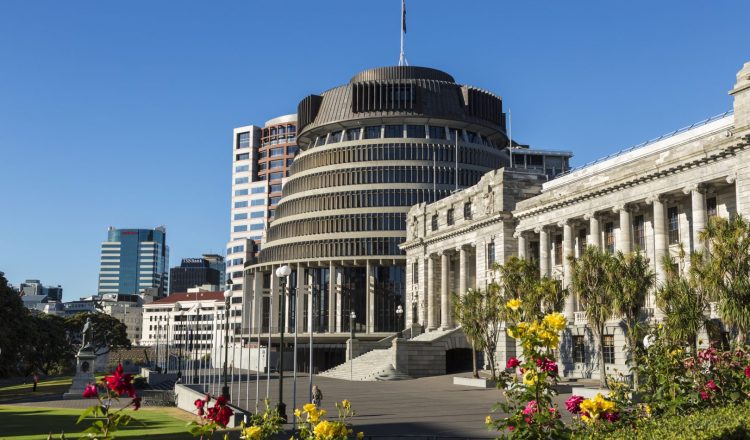どのように意思決定が行われますか?
議会は、いつでも、どのようなテーマでも、地域社会と協議し、意見の提出を求めることができます。また、議会は財政計画や意思決定について、地域社会と協議することが義務付けられています。
すべての議会は、3年に一度、長期計画(LTP)を発表することが義務付けられています。LTPには、今後10年間の議会の活動、優先事項、作業プログラムが記載されています。これは、議会が行おうとしているすべてのこと、それがどのように組み合わされ、どのような費用がかかるのかを示す、重要な計画ツールです。
議会は、LTP草案の概要を配布し、地域社会の誰もが提案内容を知り、意見を述べる機会を持てるようにする必要があります。意見を提出することで、議会は将来の方向性や優先事項について重要なフィードバックを得ることができます。
LPTを作成する必要のない2年間は、議会は年次計画を作成します。年次計画では、議会が今後12ヶ月間に何をする予定か、それが最新のLTPとどのように関連しているかを示しています。LPTと同様、年次計画の草案は一般公募されています。
議会は年次報告書の作成も義務付けられています。この報告書は、LTPと年次計画に関連して、議会がどのように活動したかを地域社会に伝えるものです。
LTPと年次計画は、いずれも7月の会計年度開始前に採択されます。年次報告書は、毎年10月31日までに採択されなければなりません。すべてのLTPおよび年次報告書の文書は監査されています。
これらの草案および最終文書はすべて、各議会のウェブサイトで閲覧することができます。

















































